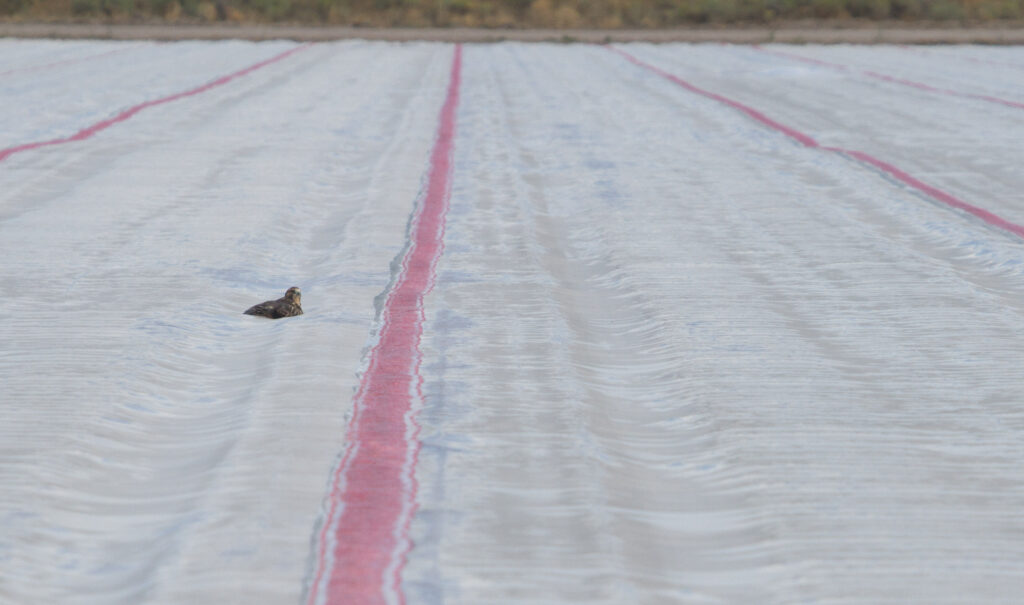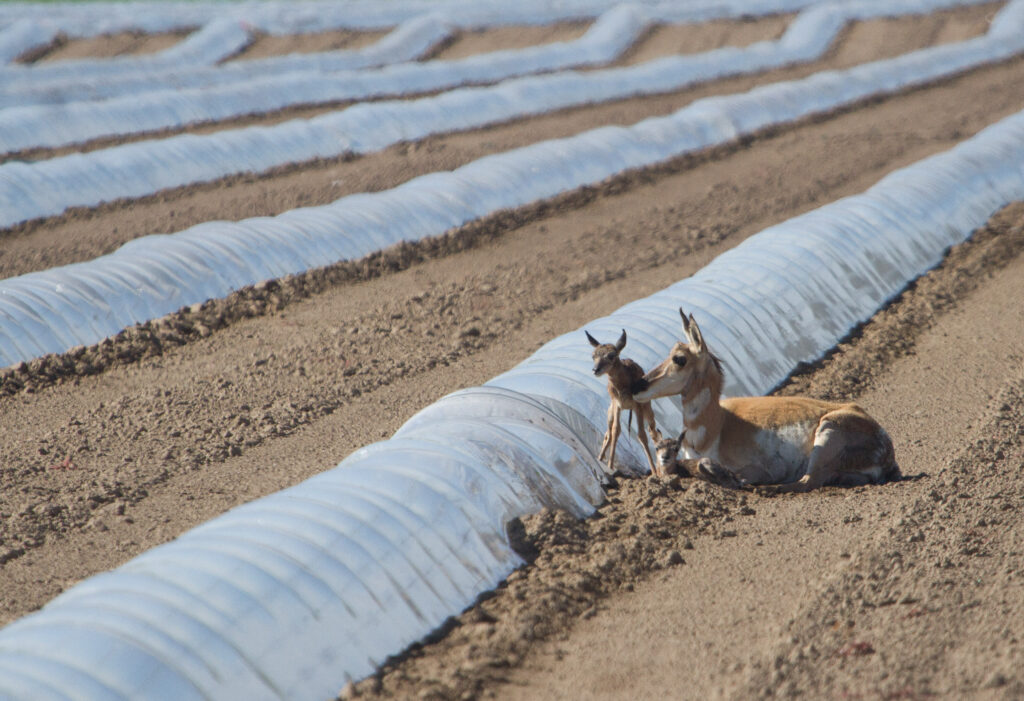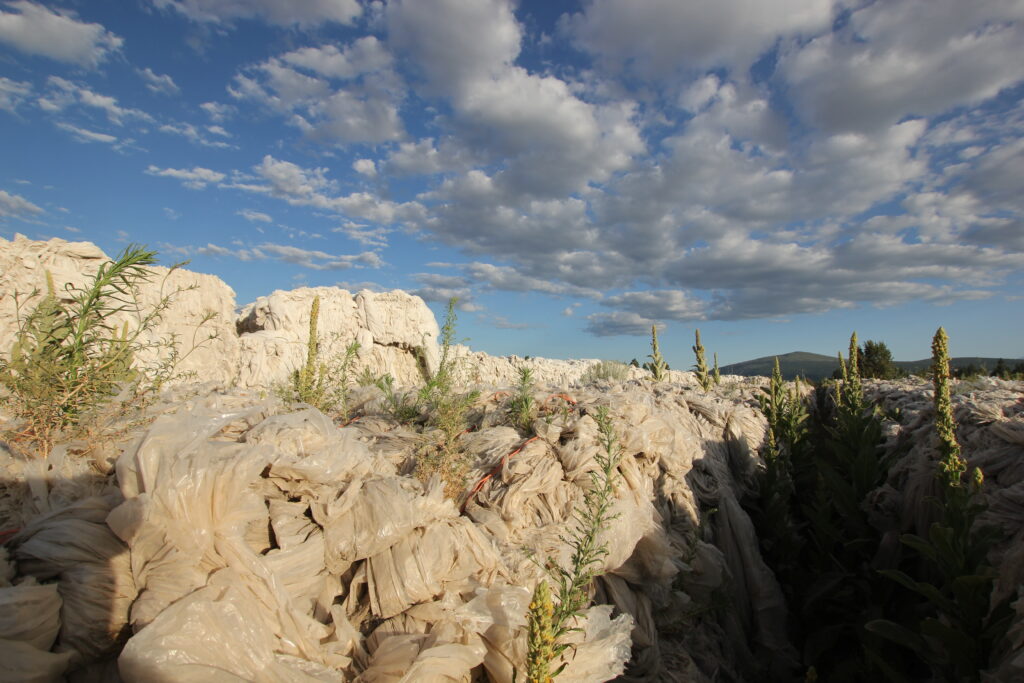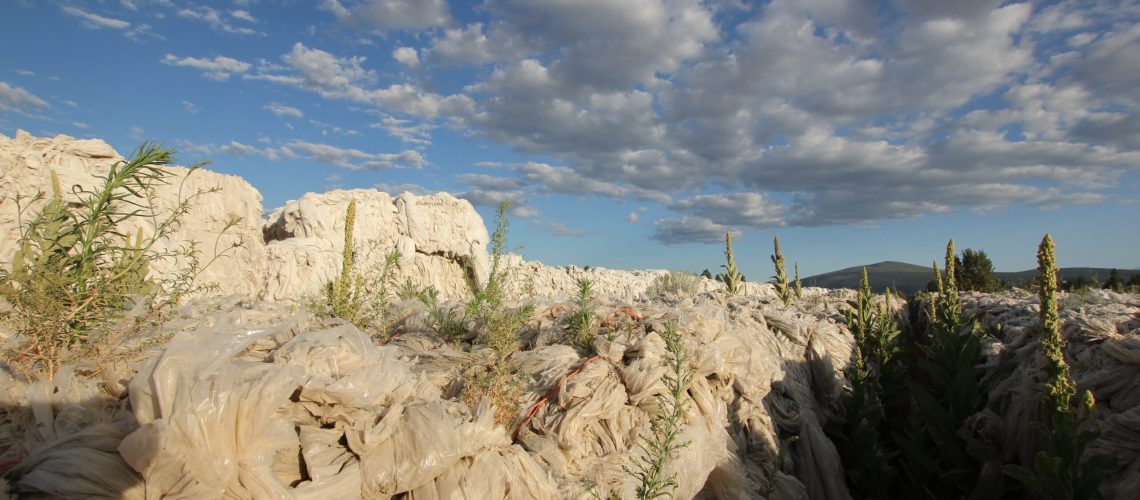Guest Post By Chris Vennum, 2019-2020 Sustainability Leadership Fellow and Ph.D. Student in the Department of Fish, Wildlife, and Conservation Biology
I’m a foodie. I love rich soul-filling food and appreciate talented cooks, but I’m just as guilty as the next person when it comes to understanding where my food is grown and where it comes from – I often don’t know! Yet the global extent of human agricultural is massive.
By the end of the 20th century humans had converted approximately 10-15% of the earth’s land surface into row crops and urban-industrial area, another 6-8% into pasture land (Vitousek et al. 1997) and appropriated half of the planet’s usable freshwater (Tilman et al. 2001). Population estimates predict 9.8 billion people will inhabit the earth by 2050 (United Nations WPP 2017), doubling the demand for food and requiring an additional one billion hectares of natural ecosystems converted to agriculture globally (Tilman et al. 2001). To put that in perspective that’s an area slightly larger than the total landmass of all U.S. territories combined. Agricultural practices have already influenced large areas of the planet, and future economic and food policies will likely contribute to increased rates of habitat change.
Despite the “Grown in ……” sticker on my produce, consumers really have no way to follow their food. Many of our agricultural practices have large environmental costs that are hidden. These often include unsustainable irrigation practices, heavy fertilizer use, long-distance transportation, and, in my own personal experience, heaps of plastic. I started my research to examine if and how working lands can support migratory birds (cattle ranching and agricultural crops). But since my study habitat is agricultural fields, I wind up thinking a lot about how things are grown, and for me that means strawberry plants.
Yes – I mean the plants, not the berries. Where I work strawberry plants are grown to supply the United States with berries during the winter months. All summer long the flowers and berries are removed so that the plant puts all its energy into roots and leaves. I was floored by how much plastic was involved in every step of production. First the fields are laminated in plastic so that they can be fumigated (Picture 1, Left). Once in the ground the plants are often covered by a hoop of plastic (Picture 2, Right). Inside these mini greenhouse tunnels are miles and miles of black plastic irrigation tubing.


The amount of plastic used is difficult to imagine let alone quantify and it’s just one piece to this process. They also take a lot of water to grow. Strawberry production is a huge industry, so much so that National Geographic even published a story back in 2014 on the carbon footprint of strawberries titled “Strawberry Road Trip” (https://www.nationalgeographic.com/news/special-features/2014/05/140514-go-east-young-men/).

I started my work to research migratory birds and had no idea I’d spend so much time thinking about the environmental impacts of agriculture. Understanding how farming practices can simultaneously support wildlife while feeding humankind will require government policy and science to come together, and maybe even a little of my science one day. The decisions we all make to feed our growing population will greatly impact the land use and habitat types across the planet. Understanding where our food comes from and how it’s grown is the first step towards more sustainable practices for humans and the wildlife we love. My story of strawberry plant production – is just one example.
Tilman, D., J. Fargione, B. Wolff, C. D’Antonio, A. Dobson, R. Howarth, D. Schindler, W. H. Schlesinger, D. Simberloff, and D. Swackhamer. 2001. Forecasting Agriculturally Driven Global Environmental Change. Science 292:281–284.
Vitousek, P. M., H. A. Mooney, J. Lubchenco, and J. M. Melillo. 1997. Human Domination of Earth’s Ecosystems. Science 277:494–499.
World Population Prospects: The 2017 Revision, Key Findings and Advance Tables,” United Nations Department of Economic and Social Affairs, pp. 1-2, 2017.






